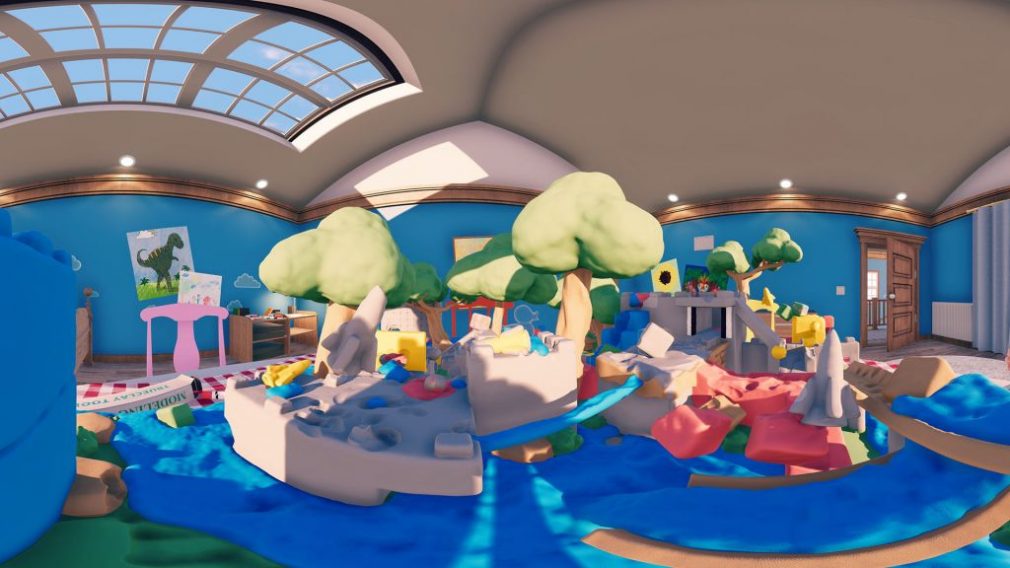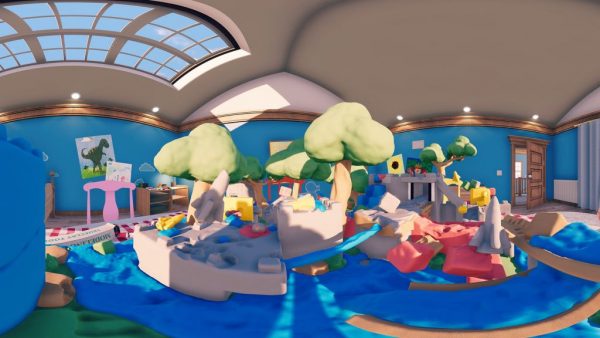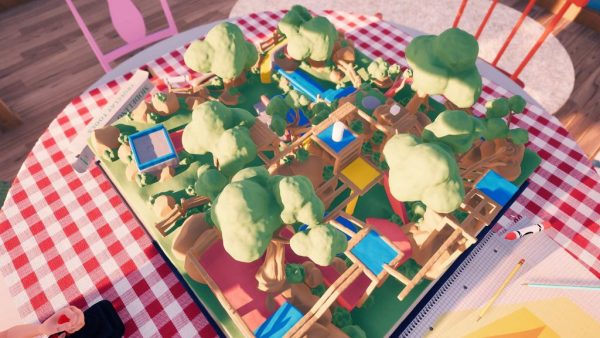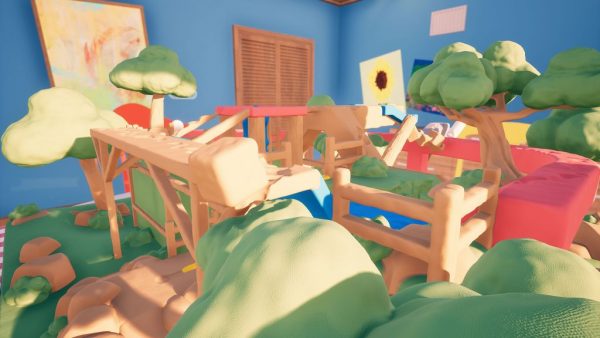Also On: PC, PS4, Xbox One
Publisher: Second Order
Developer: Second Order
Medium: Digital
Players: 1
Online: Leaderboards
ESRB: E
I?ll give this to Claybook: it?s made me examine my feelings towards 3D platformers, and to think about why I feel the way I do about the genre.
In some contexts, this could be a good thing. Like, thinking back a few years, Hotline Miami made me reconsider my perceptions of what a puzzle game could be, and showed me the genre was far more malleable than I?d previously believed. Or, more recently, I replayed Batman: Arkham Asylum, and it made me think about what I loved about it when I first played it about a decade (!!!) ago, and how much that series and that genre have evolved over the last ten years.
Claybook, alas, doesn?t inspire such positive introspection. Rather, it?s the sort of game that makes me think about what goes into good platformers, and about how it doesn?t do any of the very basic things a platformer needs to do in order to be considered fun or enjoyable.
Take, for example, its camera — its annoyingly slow, hard-to-maneuver camera. Any 3D platformer worth its salt will allow you to view the world around you, and make it possible to see both where you are and where you?re going. Claybook?s camera doesn?t let you do that. It?s prone to getting stuck behind obstacles, and giving you a view of the world that makes it impossible to figure out where you are in relation to everything else. Given that Claybook expects you to literally shape the world around you, you can see why this is an issue.
LIkewise, you?ll constantly find yourself fighting with the controls. Again, when a platformer works, you don?t think about getting from Point A to Point B because it just works. In Claybook…it just don?t. The game expects you to carve through its world, creating paths and picking up objects and shaping everything around you, and then makes it a challenge to go in a straight line. Some of this, admittedly, is because the camera makes it so hard to see where you?re going, but even when the camera is cooperating, it?s still a pain.
While Claybook gets those two major things wrong, there are also all kinds of little decisions that seem baffling if you think about them for a second or two. Why, for example, does gravity apply only to some parts of the world but not others? I know the answer is that if it was applied uniformly, you could just flatten every level until you?d achieved all the goals, but it?s still incredibly annoying to see a level objective sitting atop a platform that you?ve just made unreachable — sure, you could go through the hassle of rebuilding steps to the platform, but given how painful that can be, you?re usually better off simply restarting the level.
Likewise, why does Claybook place such a big emphasis on the timer and online leaderboards when the whole point of the game is, in theory, indulging in your creativity? If you?re expected to create and explore, forcing a timer onto the proceedings seems oddly counterintuitive.
And, of course: why does the game show you that dead-eyed boy playing the game at the same time as you? His stare is haunting.
Ultimately, though, those questions are just minor distractions from the fact that Claybook is a massive chore to play. It clearly aspires to be so much more, but if you have any sense of wonder or creativity left after battling its controls and its camera, then you?re much more patient than I am.
Second Order provided us with a Claybook Switch code for review purposes.




